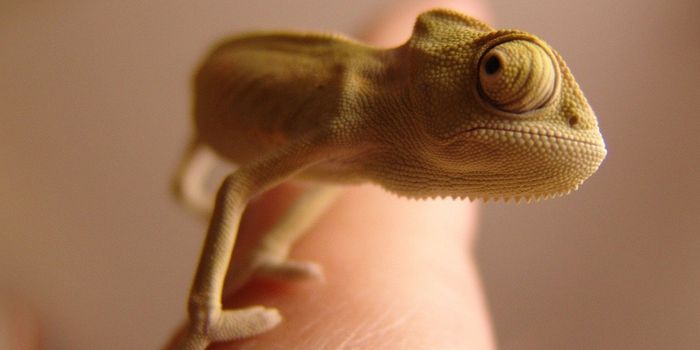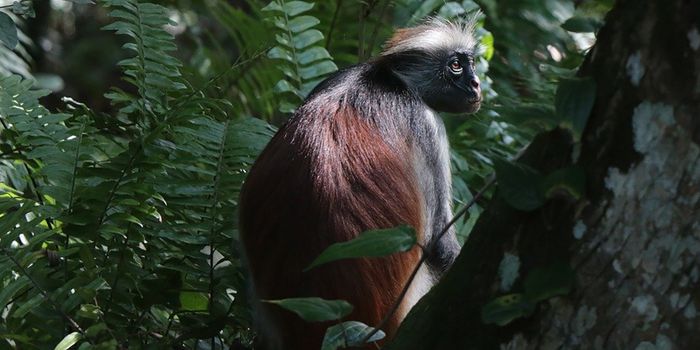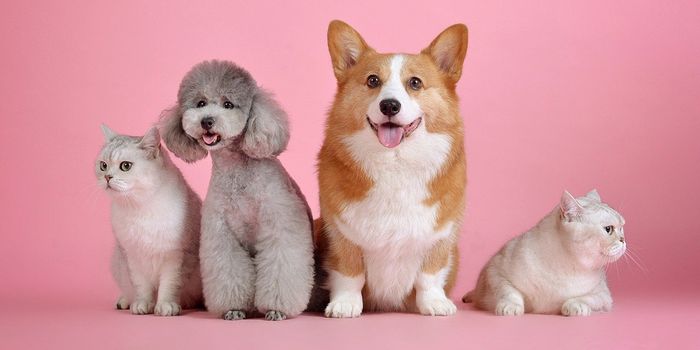Palm oil is used for food products, detergents, cosmetics and - increasingly - biofuel. It's in your shampoo, your ice cream, your margarine, your lipstick. But where does it actually come from and how is it made?
Palm oil comes from the fruit of the oil palm tree (Elaeis guineensis). It can be separated into a wide range of distinct oils with different properties. This versatility has seen palm oil replace animal and other vegetable oils in a wide variety of products. Today it is used as a cooking oil, as the main ingredient for most margarine, used in confectionary, ice cream and ready-to-eat meals, the base for most liquid detergents, soaps, and shampoos, the base for lipstick, waxes, and polishes, as an industrial lubricant, and as a biofuel. Watch this video to learn more about products that contain palm oil: https://www.youtube.com/watch?v=Rl8zB6dNzJk.
Global production of palm oil has doubled over the last decade. By 2000, palm oil was the most produced and traded vegetable oil (FAO 2002), accounting for 40% of all vegetable oils traded internationally. By 2006, the percentage had risen to 65% (FAO).
Worldwide demand for palm oil is expected to double again by 2050 to 240 million tons. New plantations are being developed and existing ones are being expanded in Indonesia, Malaysia and other Asian countries, as well as in Africa and Latin America.
But this expansion comes at the expense of tropical forest - which forms critical habitat for a large number of endangered species. Palm oil plantations often replace native jungle and peat bogs, which are mostly cleared through burning techniques, creating a twofold impact of carbon dioxide into the atmosphere (by burning and by eliminating trees that take in CO2). Endangered animals such as orangutans and sun bears loose their habitats and are more vulnerable to poachers who use logging roads to enter the regions.
But palm oil is actually a very productive crop. The yield (amount of oil produced per hectare per year) is far greater than for other vegetable oils, while production costs are lower. So palm oil is not necessarily a bad thing - just the common practice of its production. To learn more about sustainable palm oil production and companies that insist on sustainability, visit http://wwf.panda.org/what_we_do/footprint/agriculture/palm_oil/solutions/responsible_purchasing/palm_oil_buyers_scorecards/palm_oil_buyers_scorecard_2013/.
Source: WWF








